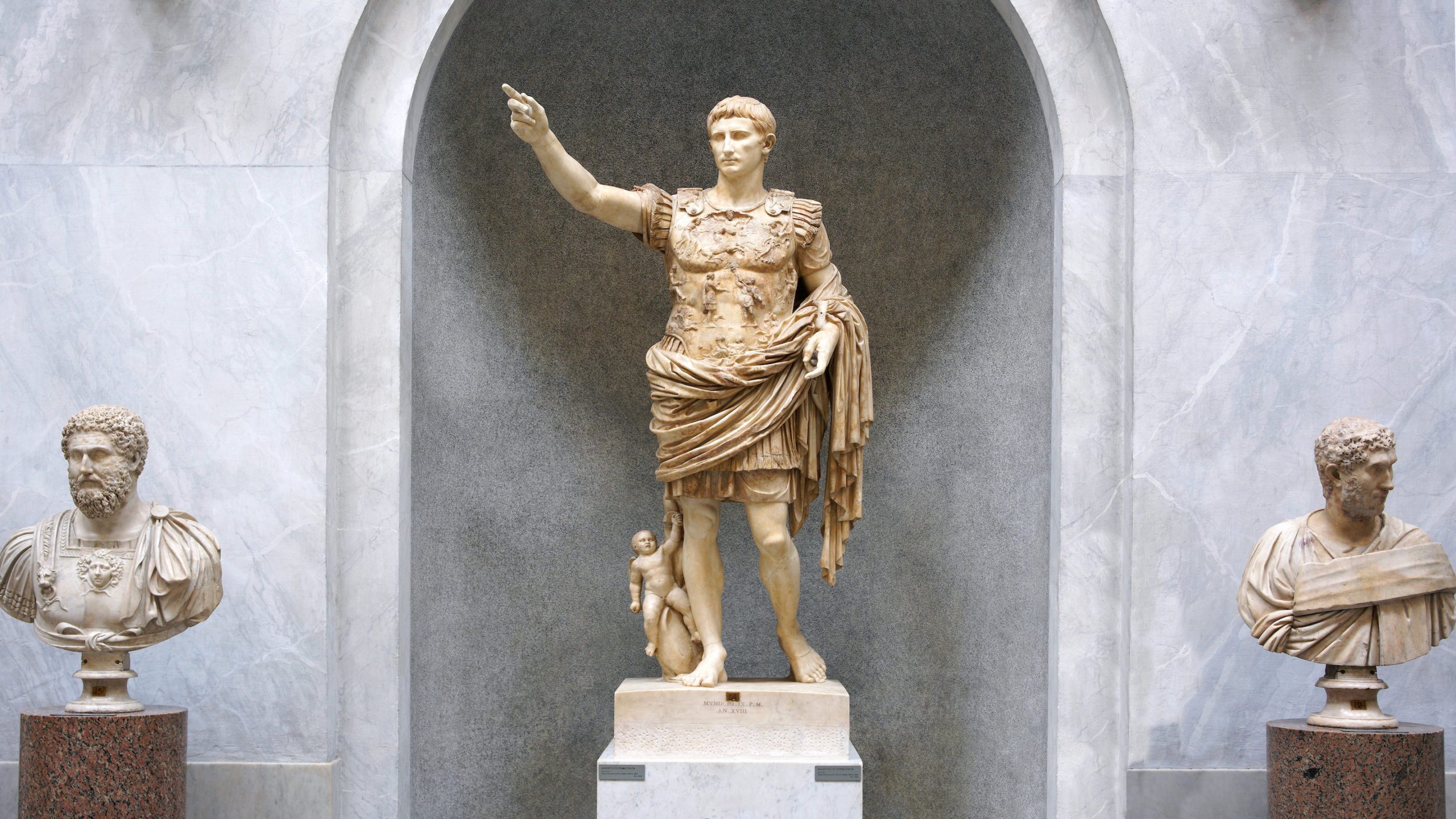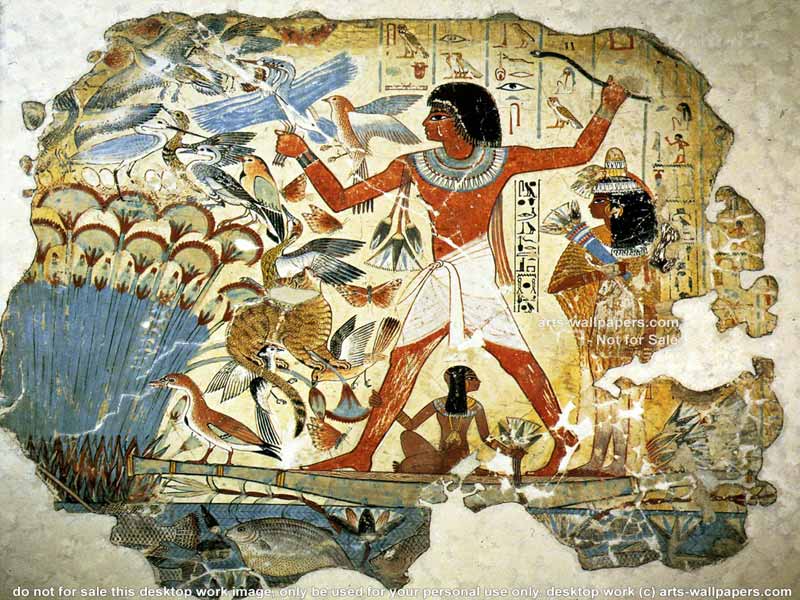Category: Uncategorized
-
Comparison Chart: Egyptian, Greek, and Roman Portraiture Feature Egyptian Portraits (3000 BC–1st c. AD) Greek Portraits (800–146 BC) Roman Portraits (500 BC–476 AD) Purpose Religious, funerary (ka statues) Idealism, mythology, public honor Political propaganda, family lineage Style Stylized, rigid symmetry Idealized beauty → Hellenistic realism Hyper-realism (verism) → Imperial idealism Materials Limestone, granite, wood, gold…
-

Introduction The art of portraiture has been a vital means of preserving human likeness since antiquity. Among the most enduring and captivating forms of ancient sculpture are the busts and portraits of Egypt, Greece, and Rome. These works served religious, political, and commemorative purposes, reflecting each civilization’s values, aesthetics, and technological advancements. This article delves…
-

The portrayal of divine beings—gods, goddesses, saints, and mythological figures—has been a cornerstone of artistic expression across cultures and epochs. These works are not merely decorative; they are profound reflections of humanity’s spiritual aspirations, cultural values, and philosophical inquiries. From the ancient civilizations of Egypt and Greece to the Renaissance masterpieces and modern reinterpretations, divine…
-
Welcome to WordPress. This is your first post. Edit or delete it, then start writing!
